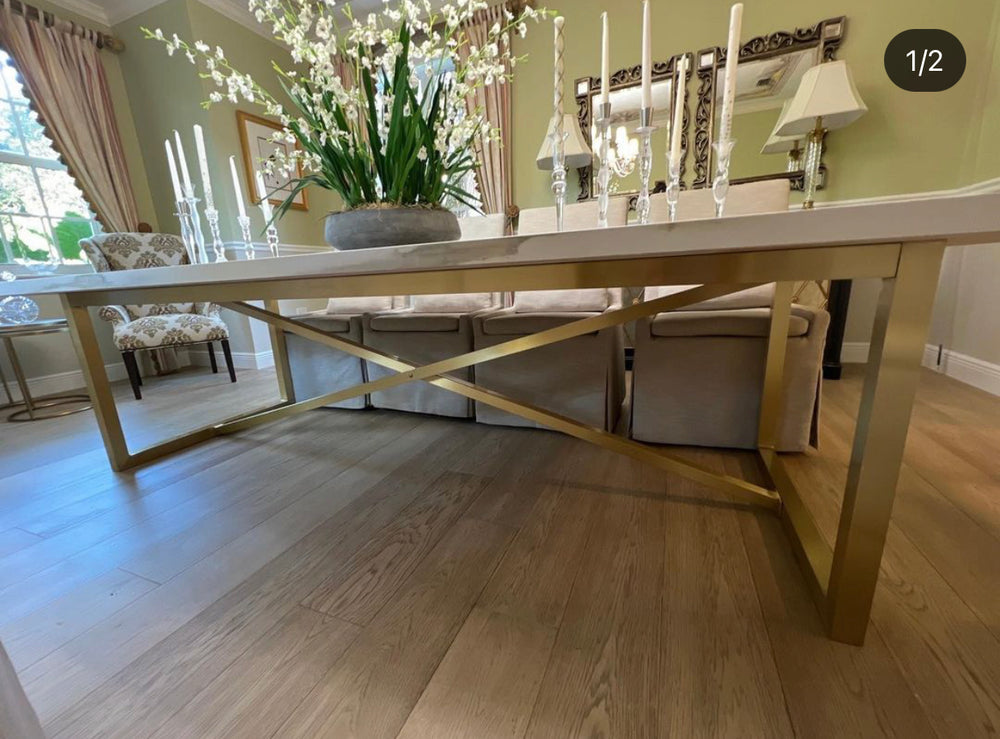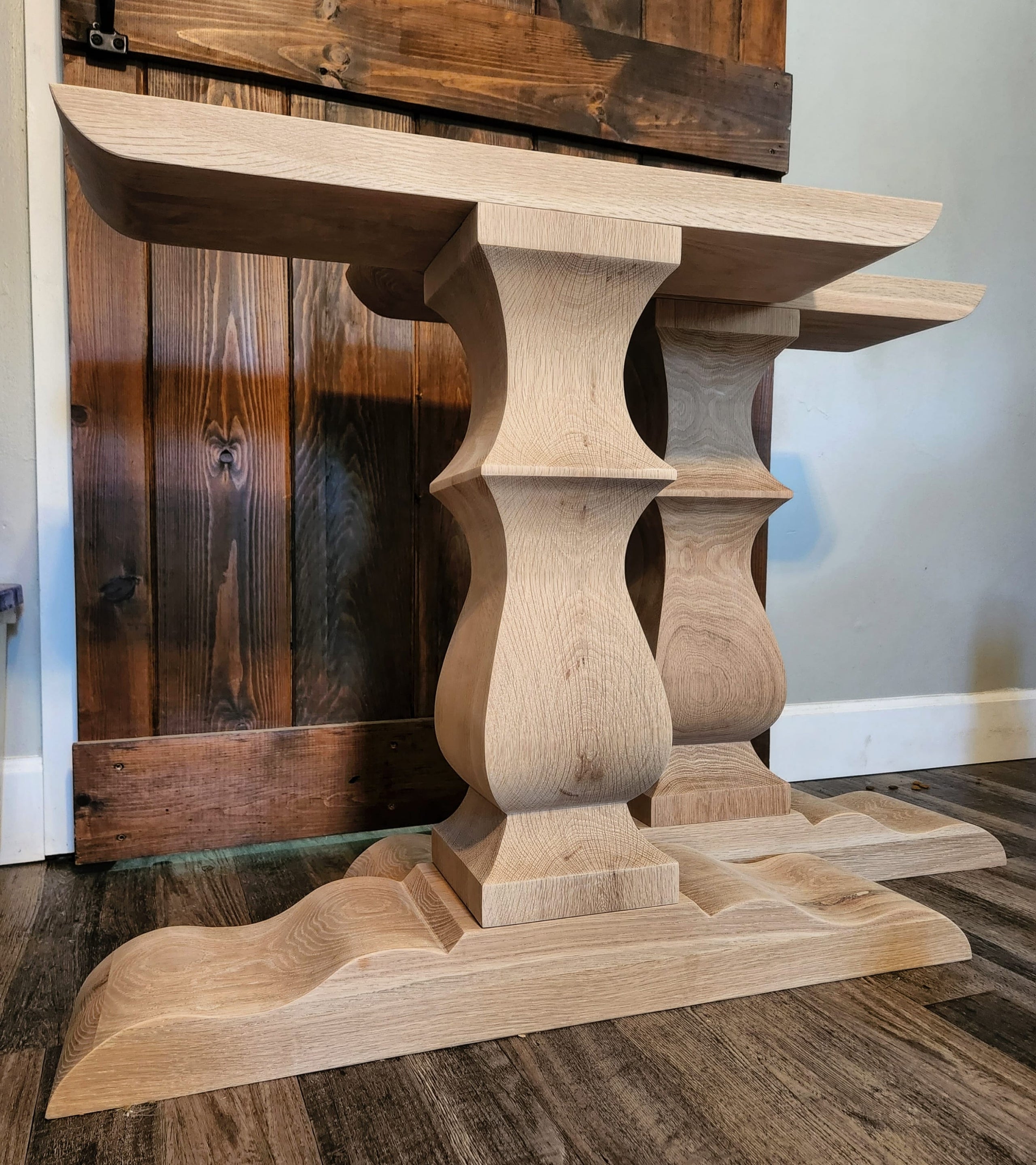Selecting the Perfect Table: What Styles Job Best for Your Home?
Choosing the ideal dining table for your home can be a nuanced process that balances looks and capability. To browse these options efficiently and find a table that genuinely matches your home, take into consideration the complying with aspects in detail.
Assessing Your Area
Examining the measurements and format of your dining location is a crucial initial action in selecting the excellent table. Begin by measuring the length and size of the space, representing doorways, windows, and various other building functions that might affect table positioning. This guarantees that your table not just fits but also permits for comfy movement around it.
Think about the variety of people you typically delight. A table should suit your home's daily needs while providing sufficient versatility for occasional visitors. Generally of thumb, allot at least 24 inches of table width each to guarantee a comfortable eating experience.
It's additionally important to keep appropriate clearance around the table. Ideally, there should go to least 36 inches in between the table side and walls or various other furnishings, making it possible for very easy gain access to and activity. For areas where chairs with arms or additional storage space systems like buffets are entailed, raising this clearance to 48 inches is suggested.
Illumination and atmosphere play considerable functions. Make certain that your dining table aligns with existing lighting fixtures or prepare for appropriate lighting options. This detailed spatial evaluation guarantees that your table not just fits physically yet also integrates with your room's overall performance and visual.
Popular Table Styles

Standard eating tables usually include elaborate information, bent legs, and rich timber finishes, evoking a sense of ageless elegance. They are best for homes with classic style or those wanting to add a touch of elegance to their eating location.
Modern dining tables prioritize simplicity and tidy lines, typically including products like glass and steel. These tables are excellent for modern rooms, offering a streamlined and uncluttered appearance that matches minimal design viewpoints.
Rustic table, on the other hand, emphasize natural materials and a handcrafted appearance - dining room table legs. They frequently feature reclaimed timber and a troubled coating, creating a cozy and inviting environment. These tables work well in farmhouse-style homes or those looking for a cozy, organic feel
Industrial eating tables incorporate raw products such as steel and wood, commonly showcasing an utilitarian aesthetic. This design is well-suited for loft spaces or metropolitan rooms, adding a touch of tough appeal and sturdiness to the eating experience.
Each design provides distinct benefits, making it important to choose one that aligns with your home's total style and your personal preferences.
Product Options
When picking a table, the choice of material plays an essential duty in identifying both the table's aesthetics and capability. Wood, steel, glass, and composite materials each deal unique benefits and challenges, making it critical to line up the product with your home's decoration and lifestyle needs.
Wood is a timeless and versatile alternative, offered in ranges such as oak, walnut, and mahogany. Known for its sturdiness and heat, wood enhances both typical and modern insides. It needs regular maintenance to prevent scratches and bending.
Metal tables, commonly crafted from stainless steel, aluminum, or wrought iron, are commended for their modern allure and toughness. They are especially fit for commercial or minimalist settings yet can be susceptible to damages and might feel cold to the touch.
Glass table bring an air of sophistication and openness, perfect for smaller sized rooms as they develop an impression of even more space. While simple to tidy, glass can be at risk to smudges and calls for cautious taking care of to stay clear of chips and fractures.
Composite materials, such as MDF and plywood, offer affordable and adjustable services, though they might do not have the long life of natural products. Choosing the right material ensures your table is both a useful asset and an aesthetic delight.
Forming and Dimension Considerations
After determining the ideal material for your dining table, the following factor to consider is choosing the best form and dimension to match your room. Alternatively, round tables cultivate a feeling of intimacy and are exceptional for smaller eating locations, motivating conversation by removing corners and making every person feel similarly consisted of.
As a rule of thumb, assign at least 24 inches of table width per person to guarantee comfortable dining. Furthermore, think about the table's clearance area: there must be at least 36 inches between the table edge and the walls or other furniture. Extending tables offer adaptability if you regularly organize bigger celebrations, supplying extra seats when needed without occupying extra room daily.
Matching Your Style
Selecting an eating table that harmonizes with your existing decoration is pivotal in producing a cohesive and inviting room. A smooth, minimalist table with tidy lines is optimal for a modern home, while a vintage, luxuriant table suits a much more standard setting.
If your design includes warm tones and natural products, take into consideration a wood table to boost the organic feel. On the other hand, a glass or metal table might be more proper in a room controlled by awesome colors and industrial aspects.
Structure plays a critical duty. A rough-hewn, reclaimed wood table can add character to a rustic room, while a Read Full Report polished marble surface can elevate a glamorous dining area. Consider the range and percentage of the table in relationship to the space size and existing furniture. A well-matched table not only improves visual appeal but also improves the total eating experience.

Verdict
Selecting the suitable table necessitates careful factor to consider of room, design, materials, shape, and dimension (dining room table legs). Typical tables enhance classic insides with abundant wood surfaces, while contemporary tables match modern settings through glass and metal. Rustic styles present heat via natural materials, and industrial styles improve metropolitan settings with raw components. Integrating the table with existing decor guarantees both performance and aesthetic allure, adding to a their website natural and visit our website cosmetically pleasing eating location.